In school, your studies inevitably boil down the the following:
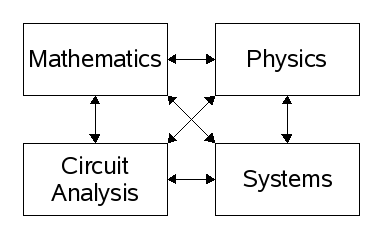
While most schools are good at giving you the theoretical picture, most of it has nothing to do with reality. After graduation you realize that theory is only one part of the puzzle and for many, the least important, as only a small portion of engineers spend their time designing.
I'm always trying to see the big picture, and over the past year I've spent a lot of time trying to wrap my head around just what engineering is. It's very hard getting inside the Engineering Universe because engineers are a bunch of social misfits. Most of them don't understand it themselves and the rest can't articulate it. I think I finally have a grasp on the general idea, and I think it's best to start with the obvious example: product development.
I've read books on Six Sigma, love Six Sigma, and have learned my company's process (which does not use Six Sigma). The general development process can be summed up in the picture below. Product development always begins with an idea. If you are smart you'll formalize that idea into some kind of specification and architecture. Somewhere in there you'll choose the different kinds of parts you'll be buying and designing. The next step is to actually perform the design. The objective is to implement the specification, no more, no less. Once you've completed the design you build and test it, fixing bugs as you come across them. When you're confident that the product is stable you can release it (usually this involves lots of cake and champagne).
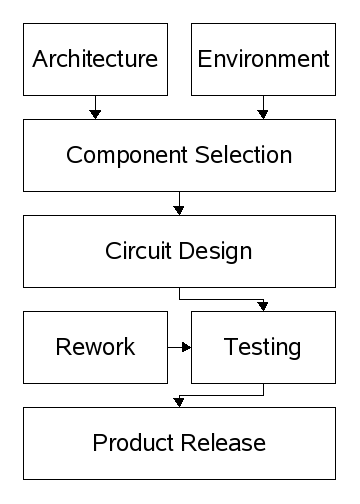
Something mentioned here that most people seem to ignore is the environment. The environment is the context in which you are designing. There are a thousand ways to do something, but probably very few in the context in which you are designing. In other words, the cabinet you'd design for an underwater computer would be radically different than a cabinet you'd desing for a satellite. Environment also includes regulations. Below are the primary factors that affect circuit performance:
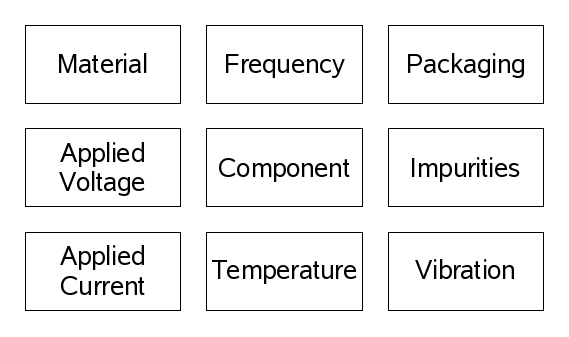
The other aspect of environment comes directly from your design. Design is always composed of two components: the real and the ideal (adopted from Kant). On paper a simple amplifier may operate perfectly. But in real life circuits are made of components and those components are subject to shifts in performance based on temperature, frequency, applied voltage, impurities, etc.
A design should start on paper, but end in the material. Correction. A design should start on paper, visit the material to find out what's going on in real life, and then feed the results back into the design.
Below is a block diagram from materials to finished product.
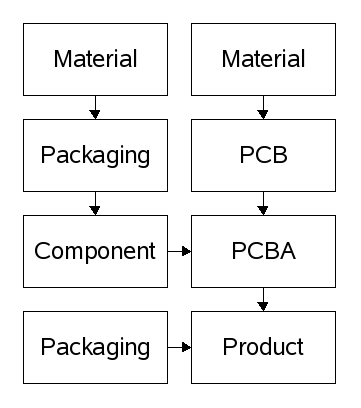
Of course the design itself, in this case circuits, can literally be anything. But I have noticed that circuit design is largely modular and can be represented in the block diagram below.

While that may be useful to a 1st semester engineering student, the one below I think, sums up every type of circuit I could think of:
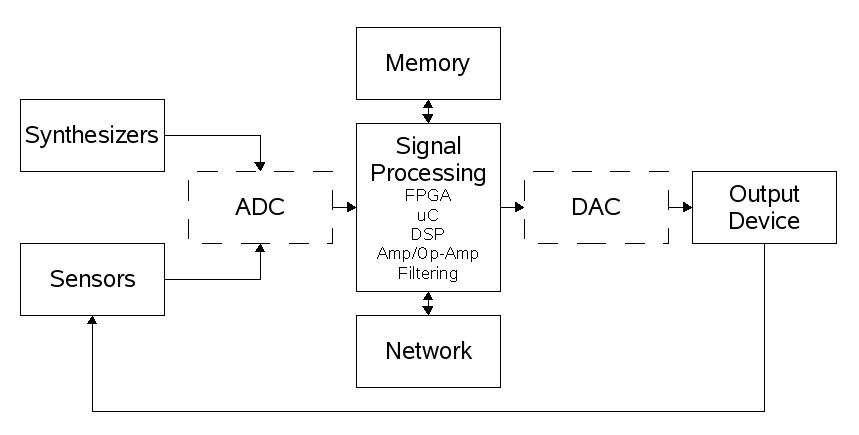
In a 100% analog system the ADC and DAC are optional, of course.
As I already alluded to a circuit is only as good as its design, and if you aren't careful at every level the circuit will not perform well, or meet its spec. Below is a diagram of a circuit at all levels. Performance and quality must be assured at every stage to insure the performance and quality of the final product.
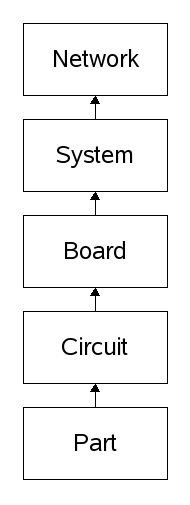
This is my view of a circuit, how the details are connected to the big picture.